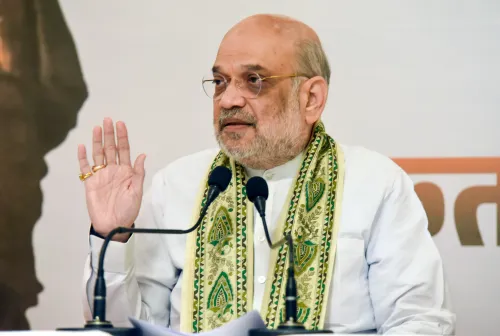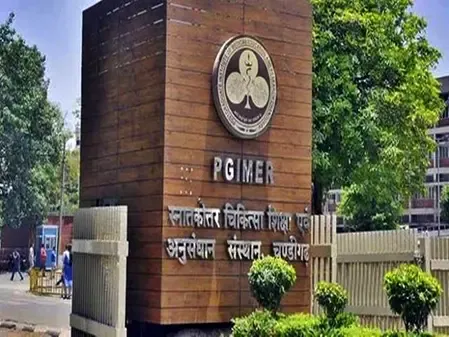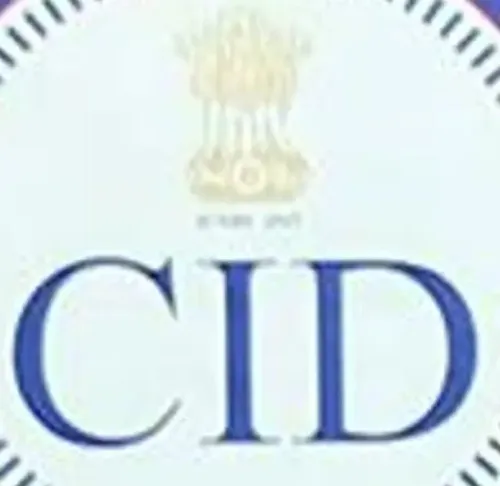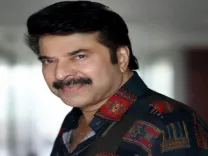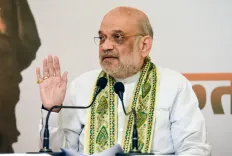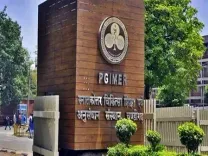What Legacy Did Sardar Patel Leave Behind?

Synopsis
Key Takeaways
- Patel's leadership was instrumental in unifying India.
- Unity and civic duty are central to a thriving democracy.
- Patel’s vision embraced pluralism within a constitutional framework.
- Modern initiatives honor his legacy and promote national unity.
- Patel's teachings remain relevant in addressing today's challenges.
As India celebrates Ekta Diwas (National Unity Day) in 2025, it is an opportune moment to reflect on the life and impact of Sardar Vallabhbhai Patel, the Iron Man whose leadership and determination unified a sprawling and delicate subcontinent into one republic.
Seventy years later, Patel's teachings on unity, institutional discipline, and civic duty remain crucial for a nation flourishing in diversity.
The Architect of Unity
Upon assuming office as India’s inaugural Deputy Prime Minister and Home Minister in August 1947, Sardar Patel faced a subcontinent fragmented into over 560 princely states — some eager to unite with India, while others were hesitant or antagonistic.
Through a blend of negotiation, diplomacy, and firmness, he successfully incorporated the majority into the Indian Union, transforming a volatile political landscape into a cohesive entity. As former prime minister Morarji Desai noted, “the integration of the states could be termed as the crowning achievement of Vallabhbhai Patel’s life.”
Patel emphasized that political unity devoid of moral integrity was ineffectual. “Manpower without unity is not a strength unless it is harmonized and united properly; then it becomes a spiritual power,” he asserted.
Moreover, he issued a clear civic admonition: “It is the prime responsibility of every citizen to feel that his country is free and to defend its freedom is his duty.”
These were not mere rhetorical flourishes but a blueprint for nation-building: unity anchored in citizenship and responsibility.
Unifiers Across Regions
The endeavor of nation-building is not exclusive to the Indian subcontinent. In the Gulf, leaders like King Abdulaziz Al Saud and Sheikh Zayed bin Sultan Al Nahyan similarly transformed fragmented entities into unified nations, now celebrated as founding fathers by Saudis and Emiratis alike.
Their example — combining political consolidation with appeals to shared identity and purpose — serves as a valuable comparison: the quest for unity is both pragmatic and symbolic, military and moral.
In India, Patel undertook sensitive missions — Hyderabad, Junagadh, and other accession matters — that necessitated a precise balance of persuasion and authority.
Leaders who can transcend narrow interests and unify diverse populations under a common civic framework leave a lasting legacy.
Diversity as Strength; Institutions as Foundation
Patel’s vision for India was not a mask for uniformity, but a practice of pluralism. He believed that India’s multitude of languages, religions, and customs should flourish within the bounds of a single constitutional framework.
To achieve this, he established institutions — primarily the All India Services, the so-called “steel frame” that would ensure impartial governance across regions.
His directives to the civil service were straightforward and timeless: “A civil servant cannot afford to, and must not, take part in politics. Nor must he involve himself in communal disputes. To stray from the path of rectitude in either respect is to debase public service and diminish its dignity.” This ethical compass remains pivotal for a functioning plural democracy.
Contemporary India's police, paramilitary forces, and civil administration bear traces of this foundational blueprint. Patel’s argument was simple: effective institutions convert fragile unity into enduring nationhood.
Renewing Patel’s Vision in Contemporary India
Under successive administrations, particularly under Prime Minister Narendra Modi, Patel’s legacy has been institutionalized and popularized.
The Statue of Unity, observance of National Unity Day (October 31), cultural events like the Ekta Parade, and the initiative ‘Ek Bharat — Shreshtha Bharat’ are modern endeavors to translate a historical legacy into civic practice.
These initiatives are more than just monuments and ceremonies; they aim to reconnect a younger generation with the values of administrative integrity, public service, and national identity that Patel championed.
Endorsements from Muslim Thinkers and Leaders
Integral to Patel’s moral stature is the cross-communal recognition he earned during his lifetime — including from prominent Muslim thinkers and politicians who valued his commitment to national unity.
Maulana Abul Kalam Azad, the esteemed scholar and India’s first education minister, referred to Patel repeatedly in his writings, and the broader historical record illustrates Azad’s acknowledgment of Patel as a key player in the power transition and early consolidation of the Union.
Rafi Ahmed Kidwai, a significant Muslim parliamentarian, collaborated with Patel during the tumultuous early days of independence; their documented correspondence and archival records highlight Kidwai’s appreciation of Patel’s administrative role amid crises. Such records demonstrate that Patel’s decisiveness and administrative effectiveness were recognized across the political and communal spectrum.
These endorsements are not mere tokens; they highlight a vital truth about Patel’s nationalism — it was constitutional rather than communal, focused on rights and responsibilities instead of sectarian interests.
Patel’s vision of nationhood was one that every Indian could embrace, regardless of faith.
Why This Matters in 2025
India in 2025 confronts intricate challenges: rapid urbanization, social change, regional ambitions, and ideological divides. Patel’s example directly addresses these pressures. He taught that unity is cultivated gradually — through institutions, prudent governance, and the insistence that every citizen shares the burdens and benefits of freedom.
As he cautioned, “Faith is of no avail in the absence of strength. Faith and strength, both are essential to accomplish any great work.”
This principle remains a practical framework for a nation that must unify its diverse identities into a singular civic endeavor.
Sardar Vallabhbhai Patel was not just a territorial consolidator; he was the moral architect of India’s unity.
Similar to other nation-builders — whether in Arabia or elsewhere — his legacy is revered not for promoting uniformity but for creating a space where diversity can coexist with dignity.
As we commemorate Ekta Diwas 2025, let us remember that Patel’s legacy belongs to every Indian, regardless of faith. He urged us to build institutions, to uphold public virtue, and to bind our nation together with strength and compassion.
In this spirit, India’s unity is not merely an achievement of the past; it is a shared responsibility for the present and future.
((Zahack Tanvir is an Indian-origin geopolitical analyst and founder of The Milli Chronicle, a UK-based platform. With expertise in geopolitics and counter-extremism, he offers insights into global affairs. He holds certifications in Counterterrorism from Leiden University in the Netherlands, and Georgetown University in Washington D.C. Follow him on Twitter @ZahackTanvir))


